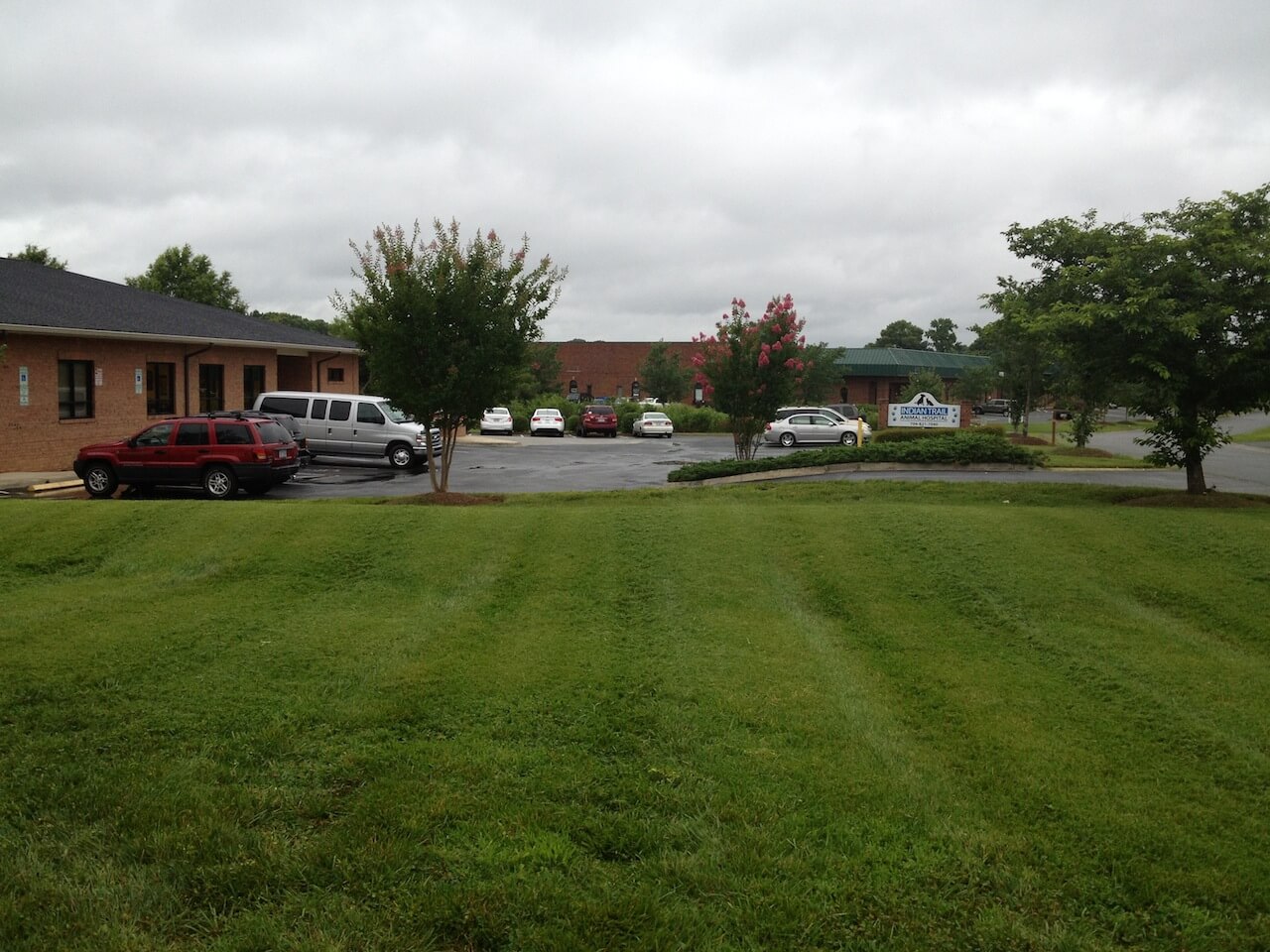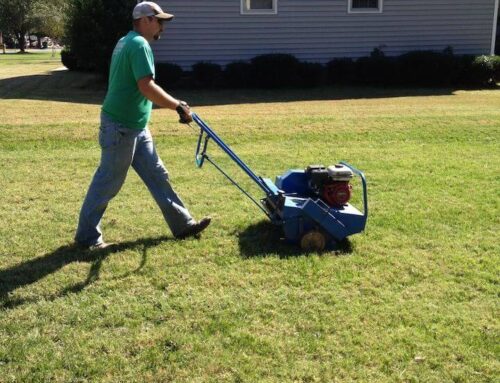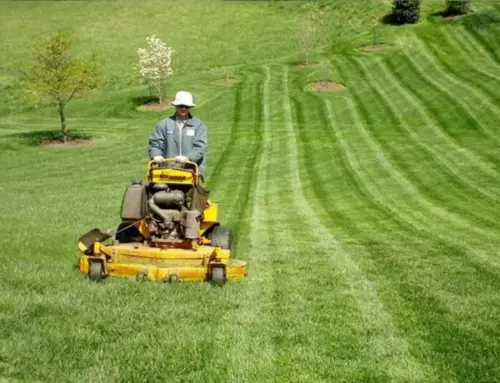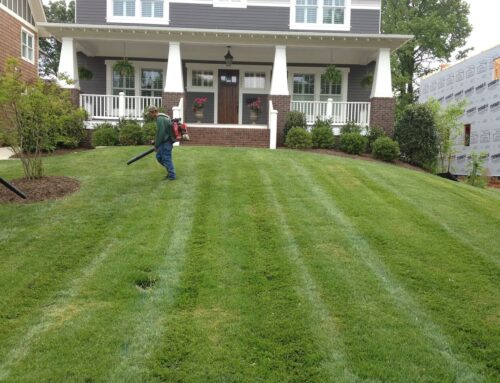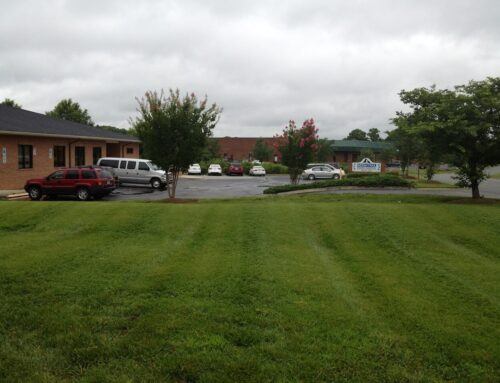A well-maintained lawn does more than enhance your property’s appearance—it plays an important role in supporting local biodiversity. Lawn mowing, often seen as a simple task, can significantly influence the balance of your surrounding ecosystem.
The way grass is cut affects soil health, pollinator habitats, and even the growth of native plants. Striking the right balance between keeping your lawn tidy and preserving natural habitats is key to fostering a healthy environment.
By adopting mindful mowing practices, you can promote ecosystem stability while still enjoying a neatly trimmed yard. In this discussion, we’ll uncover the hidden connection between lawn mowing and biodiversity, exploring how thoughtful grass cutting can contribute to a thriving ecosystem that benefits both nature and your outdoor space.
How does lawn mowing impact local biodiversity and ecosystem balance?
Depending on the frequency and methods used, lawn mowing can significantly impact local biodiversity and ecosystem balance, both positively and negatively. Here’s how lawn mowing influences the environment:
- Reduces Plant Diversity: Frequent mowing can limit the growth of native plants and wildflowers, which are essential for local wildlife. Many native species rely on longer growing periods to flower and produce seeds, and mowing too often prevents these plants from reaching their full potential.
- Disrupts Pollinator Habitats: Pollinators like bees, butterflies, and moths depend on flowering plants for food and habitat. Regular mowing disrupts these habitats by cutting down plants before they can flower, thus reducing available resources for pollinators and other beneficial insects.
- Promotes Grass Monoculture: Mowing practices that maintain a uniform lawn favor non-native grasses over diverse plant species. This creates a monoculture that needs more biodiversity, limiting the variety of animal and insect habitats.
- Affects Soil Health: Frequent mowing can lead to soil compaction, which reduces the soil’s ability to retain moisture and support plant roots. Healthy soil is vital for maintaining plant diversity and overall ecosystem health.
- Encourages Chemical Use: Mowing often coincides with using chemical fertilizers and pesticides, which can harm non-target species, including beneficial insects and microorganisms in the soil, further disrupting the local ecosystem.
While lawn mowing is necessary to maintain aesthetic appeal, its frequency and method can harm or help biodiversity. Sustainable lawn care practices can help balance ecosystem health while keeping lawns tidy.
Can grass-cutting help support native plant and insect species in residential areas
Yes, grass-cutting can help support native plant and insect species in residential areas when done thoughtfully and sustainably. Here’s how proper lawn care practices can positively impact local biodiversity:
- Allowing Native Plants to Thrive: By reducing mowing frequency or allowing certain lawn areas to grow naturally, homeowners can create space for native plants and wildflowers to flourish. These plants are important for maintaining local biodiversity and providing habitat for various species.
- Providing Habitat for Pollinators: Native plants supported by thoughtful grass-cutting practices attract pollinators like bees, butterflies, and moths. These insects rely on the flowers and nectar produced by local plants to survive, making residential lawns vital to pollinator populations.
- Creating Diverse Ecosystems: Mowing less frequently or at higher blade heights helps to promote a diverse range of plants in the lawn, creating a richer ecosystem. This diversity supports various insects, birds, and small mammals, contributing to the overall health of the local environment.
- Minimizing Chemical Use: Sustainable lawn care practices, such as mowing less often and avoiding harmful pesticides or fertilizers, help protect beneficial insects like ladybugs and earthworms, which are crucial in pest control and soil health.
- Encouraging Natural Growth: Allowing grass and plants to grow to their natural height fosters a more resilient landscape. This helps maintain healthy ecosystems and encourages a balance of native species in the residential area.
When done strategically, grass-cutting can support native plants and insect species, fostering a more biodiverse and sustainable environment in residential areas.
What are the environmental benefits of professional lawn mowing services for maintaining biodiversity?
Professional lawn mowing services can provide several environmental benefits that support and enhance biodiversity when practiced with sustainability in mind. Here are some key environmental advantages:
- Encourages Native Plant Growth: Professional lawn care can reduce mowing frequency or employ selective mowing techniques that allow native plants and wildflowers to grow. This promotes plant diversity, providing local wildlife with crucial habitats and food sources.
- Improves Pollinator Habitats: Professional services allow pollinator-friendly plants to thrive by leaving lawn areas unmowed or mowing at higher heights. This supports healthy populations of bees, butterflies, and other pollinators, which are essential for the local ecosystem.
- Supports Soil Health: Professionals are trained to mow lawns without compacting the soil, which helps maintain soil aeration and water absorption. Healthy soil supports a variety of plant species and contributes to better root systems, which is vital for maintaining biodiversity.
- Reduces Chemical Usage: Professionals’ sustainable lawn care practices often minimize the use of harmful pesticides and chemical fertilizers. This protects beneficial insects and soil microorganisms, reduces environmental toxicity, and supports a balanced ecosystem.
- Enhances Habitat Variety: Professional lawn services can create a mix of mowed and unmowed areas, promoting varied habitats for different species. This contributes to an overall healthier, more diverse local ecosystem.
Professional lawn mowing services can significantly contribute to biodiversity by promoting native plant growth, supporting pollinators, and fostering healthy ecosystems.
How does the frequency of lawn mowing influence the health of surrounding ecosystems?
The frequency of lawn mowing directly impacts the health of surrounding ecosystems, influencing plant diversity, soil quality, and wildlife habitats. Here’s how:
- Reduces Plant Diversity: Mowing frequently disrupts the natural growth cycle of plants, particularly native wildflowers and grasses. These plants often require more time to establish deep roots, flower, and produce seeds. Frequent mowing limits their ability to grow, reducing plant diversity and affecting the local ecosystem’s balance.
- Hinders Pollinator Habitats: Many native plants that attract pollinators, like bees, butterflies, and birds, require time to grow and bloom. Mowing too often removes these plants before they can flower, decreasing the availability of nectar and food sources for pollinators, which are essential for ecosystem health.
- Compacts the Soil: Frequent mowing, especially on wet soil, can lead to soil compaction. Compacted soil prevents water from draining properly, reducing soil aeration and impacting plant health. Poor soil quality hinders plant growth, affecting the ecosystem’s ability to support diverse species.
- Promotes Non-Native Grass Species: Regular mowing can favor non-native, invasive grass species adapted to frequent cutting. These grasses can outcompete native plants, leading to monocultures that lack the variety needed for a balanced ecosystem.
- Limits Animal Habitats: Mowing too often causes small mammals, insects, and birds to lose shelter and food sources. Native grasses and wildflowers provide crucial habitats for these species, which are important for maintaining biodiversity.
The frequency of lawn mowing influences ecosystem health by reducing plant diversity, harming pollinator populations, and affecting soil quality and local wildlife.
Choose Sustainable Lawn Mowing Services!
Support biodiversity and promote a healthier ecosystem with sustainable lawn mowing services from Performance Lawn & Landscape! Our eco-friendly practices focus on preserving native plant growth, supporting pollinators, and maintaining soil health.
By reducing mowing frequency and using selective techniques, we ensure your lawn thrives while enhancing local biodiversity. We prioritize sustainable methods that reduce the need for harmful chemicals and encourage diverse habitats for wildlife.
Choose Performance Lawn & Landscape to create a beautiful, environmentally responsible lawn that balances the ecosystem. Contact us today to schedule your sustainable lawn care service!

